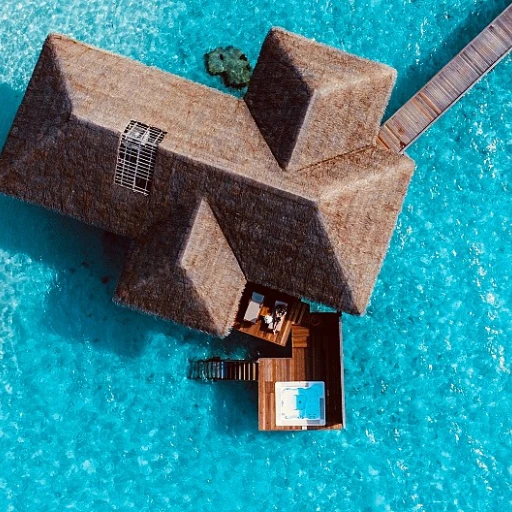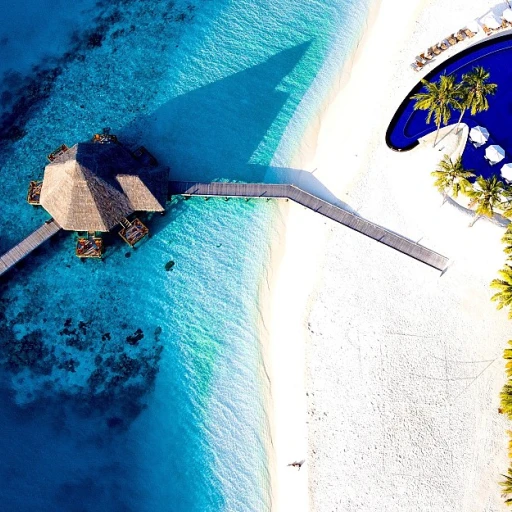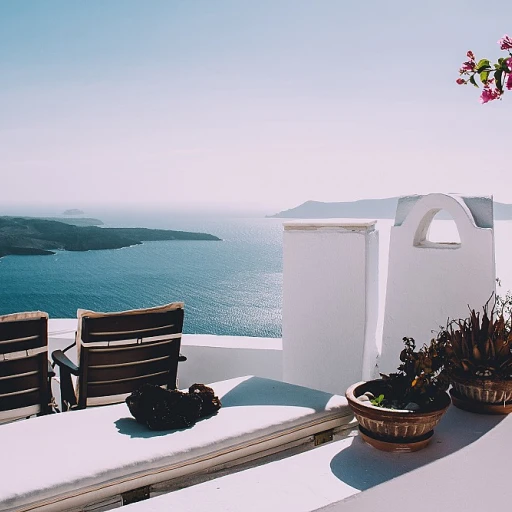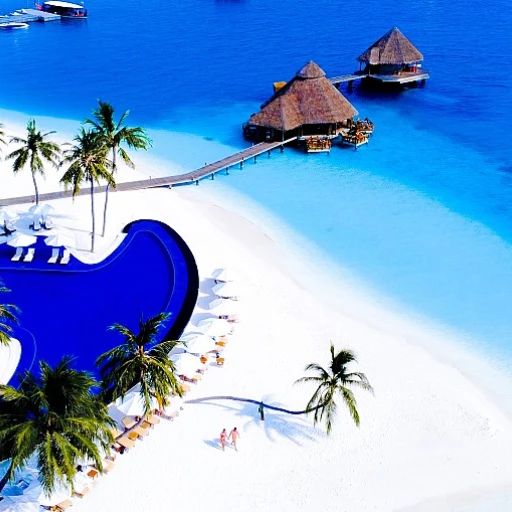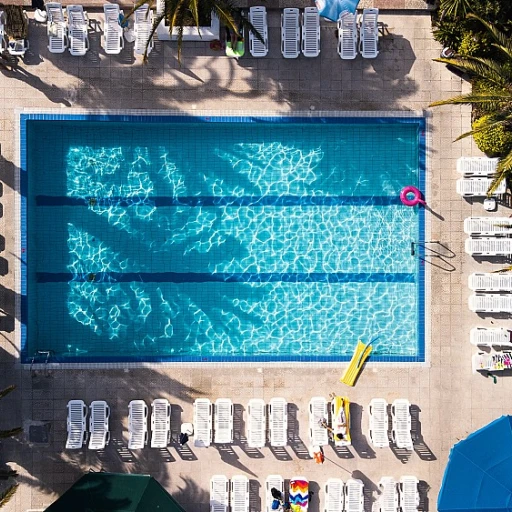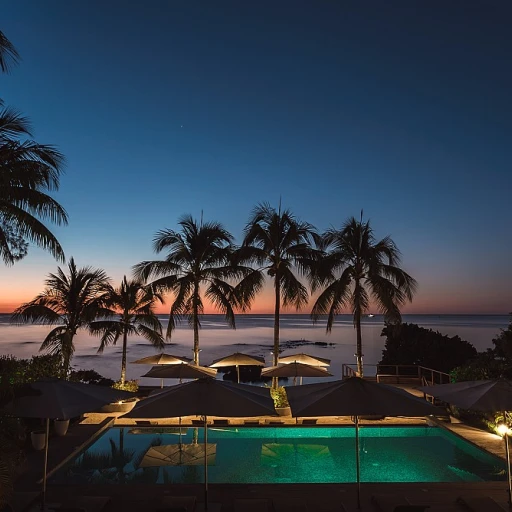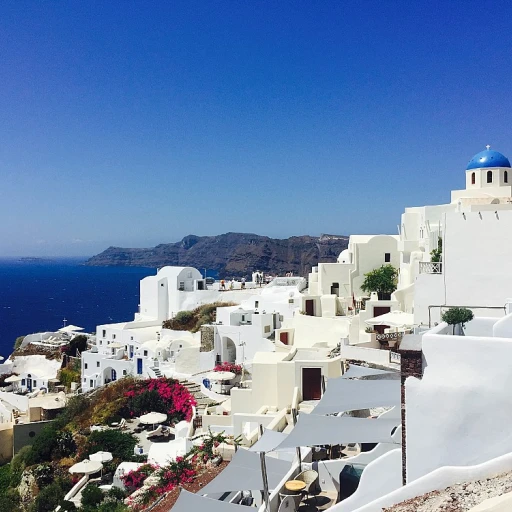The history and significance of sumo wrestling in Japan
From ancient ritual to modern sport
The rich history of sumo wrestling is a tale that spans centuries, dating back to ancient rituals performed to entertain the gods. These ceremonies have evolved profoundly, transforming into the thrilling sport that captivates spectators today.
Sumo wrestling, often referred to as nihon sumo, is deeply rooted in Japanese culture and traditions. The sport's origins trace back over a millennium, with the earliest recorded match taking place in 23 BC. Initially, sumo matches were a part of Shinto religious ceremonies, aiming to ensure bountiful harvests and welcome divine favor.
A symbol of strength and discipline
The life of a sumo wrestler is grueling and highly disciplined. Wrestlers, or rikishi, lead an almost monastic lifestyle, adhering to stringent routines and diets designed to maintain their formidable physiques. An aspiring rikishi usually starts their journey at a young age, undergoing rigorous training and strict mentorship within sumo stables known as heya. The aim is not only to build physical strength but also to instill the essence of mental fortitude and respect underpinning the sport.
Sumo tournaments, known as basho, are prestigious events held six times annually, drawing fans from across the globe. The Grand Sumo Tournament, held in Tokyo's Ryogoku Kokugikan, is among the most revered. Each tournament lasts for 15 days, generally bookended by grand ceremonies involving traditional drums and prayers.
Sumo’s role in modern japan
Sumo wrestling continues to hold a special place in Japanese society. Despite its ancient origins, the sport remains relevant, with contemporary sumo wrestlers achieving both national and global fame. Legends like Hakuho and recent rising stars have brought new interest and admiration to the sport.
The sumo experience is unlike any other, blending centuries-old traditions with modern athleticism. For visitors and locals alike, attending a sumo match offers a unique glimpse into Japan's cultural heart.
Looking to explore more cultural experiences in Japan? Don’t miss our guide on the best things to do in Mexico for a culturally enriched vacation itinerary.
Understanding the sumo tournament schedule
Unraveling the sumo tournament schedule
Sumo tournaments, known as basho, are the highlight of the sumo calendar and understanding their schedule is key to enjoying your Tokyo sumo experience. There are six grand sumo tournaments held annually in Japan, each lasting for 15 days. Here’s a brief rundown:
- January Tournament (Hatsu Basho): Takes place at Ryogoku Kokugikan in Tokyo.
- March Tournament (Haru Basho): Held at EDION Arena in Osaka.
- May Tournament (Natsu Basho): Back to Ryogoku Kokugikan in Tokyo.
- July Tournament (Nagoya Basho): Hosted at Aichi Prefectural Gymnasium in Nagoya.
- September Tournament (Aki Basho): Once more at Ryogoku Kokugikan in Tokyo.
- November Tournament (Kyushu Basho): Takes place at Fukuoka Kokusai Center in Fukuoka.
Each basho is divided into makunouchi (the top division), juryo (the second highest division), and several lower divisions. The matches typically begin in the morning with the lower-ranked sumo wrestlers and conclude in the late afternoon as the top-ranked wrestlers take the stage.
It's important to plan your visit according to the sumo wrestling tournament schedule and book your tickets early since pre-orders often open months before the tournaments and seats can sell out quickly.
Notably, the September grand sumo tournament in Tokyo is one of the most anticipated events of the sumo calendar, attracting thousands of local and international fans.
For more detailed planning and understanding of the basho locations, you can refer to the official Nihon Sumo Kyokai website, which provides up-to-date information including the grand tournament schedule and ticket purchasing guides.
How to order tickets for a sumo tournament
How to order tickets for a sumo tournament
Booking your tickets for a sumo wrestling match in Tokyo can feel like navigating a maze, but we're here to simplify it for you.
The basics of ticket types
First, understand the ticket types. There are various options available:
- Box seats: Ideal for groups, these are traditional Japanese seating arrangements with cushions on the floor, and prices can vary depending on the group size.
- Arena seats: These are standard seats, further categorized into S, A, and B seats based on their proximity to the ring. The closer to the ring, the more expensive the ticket.
Where to purchase tickets
Pre-orders: Tickets usually go on sale three months before the tournament, and it’s best to grab them early. For instance, January tournament tickets typically start selling in December, while September tournament tickets are available in June.
Online platforms: Websites like Ticket Oosumo and Ryogoku Kokugikan are reliable places to order tickets. These platforms often have English-language options, making it easier for international visitors.
Tips for getting the best seats
Order early: The best seats – such as those closest to the ring – sell out quickly, so try to book your tickets as soon as they are available.
Check the schedule: The Grand Sumo Tournament schedule can guide your booking. Events happen in January, May, and September in Tokyo, while other tournaments are held in Osaka, Nagoya, and Fukuoka.
Third-party services: Consider using a ticket brokerage service or a tour company if you’re looking for a hassle-free experience. Although this might come at a premium price, it usually guarantees you good seats and peace of mind.
Finalizing your plans
Once you’ve secured your tickets, plan your visit to Ryogoku Kokugikan. The venue is accessible via Google Maps. This arena hosts all the major tournaments and offers an immersive experience into this fascinating sport.
Now you’re all set to dive into the thrilling world of sumo wrestling. Get ready to witness the electrifying matches and make your trip to Tokyo unforgettable!
Experiencing a sumo match at Ryogoku Kokugikan
Getting to Ryogoku Kokugikan
Attending a sumo wrestling match in Tokyo is a one-of-a-kind experience, and there's no better place to witness it than at Ryogoku Kokugikan. Located in the heart of the Ryogoku district, this iconic venue has been hosting sumo tournaments since 1985. You can easily reach the arena via the JR Sobu Line to Ryogoku Station, which is just a short walk away. For a detailed guide on getting around Tokyo, refer to this comprehensive blog post.
Choosing Your Seats
Ryogoku Kokugikan features a variety of seating options to fit different preferences and budgets. Box seats, known as "masu-seki," are traditional and provide a close-up view of the ring. These seats accommodate up to four people sitting on cushions around a table. Conversely, balcony seats, or "isu-seki," offer a more western-style seating arrangement. If you're attending with a group, be aware that prices vary depending on group size.
The Electric Atmosphere
The atmosphere at a sumo match is electric. Thousands of passionate fans fill the arena, their excitement palpable as they cheer for their favorite wrestlers. Each match is heralded by traditional taiko drum beats, making the whole experience feel almost ceremonial. The sumo bouts are quick, often lasting only a few seconds, but the anticipation and energy in the air are unforgettable.
Sumo Traditions and Rituals
The rituals and traditions are a huge part of what makes sumo wrestling so unique. Before each bout, wrestlers perform a series of traditional ceremonies, including salt-throwing to purify the ring. The older the wrestler, the more elaborate their pre-match ritual. These ceremonies can be fascinating for first-time visitors and provide a window into the deep-rooted traditions of sumo.
Refreshments and Souvenirs
No visit to Ryogoku Kokugikan is complete without trying some traditional Japanese snacks. Yokozuna chanko-nabe, a hearty stew, is a must-try dish served in the venue. You'll also find stalls selling sumo-related memorabilia, from miniatures to fan merchandise. Don't forget to grab a souvenir to remember your sumo wrestling adventure!
Post-Match Adventures
After the matches, explore the Ryogoku area, which offers a plethora of activities. If you're feeling hungry, dine at one of the many chanko-nabe restaurants where sumo wrestlers also eat. For history buffs, the Sumo Museum, located inside Ryogoku Kokugikan, offers an in-depth look into the world of sumo wrestling.
Morning practice tours: A unique sumo experience
Early morning practice sessions
Few experiences are as intimate and enlightening as witnessing sumo wrestlers in their early morning practice, or “keiko.” This practice takes place mostly at the Ryogoku Kokugikan, the spiritual home of sumo wrestling in Tokyo.
What to expect during keiko
The practice usually starts as early as 5 or 6 AM, and the halls are abuzz with the sights and sounds of wrestlers training rigorously. Typically, you'll observe the wrestlers engaging in grueling exercises and traditional rituals such as salt throwing and intense bouts.
According to the Nihon Sumo Kyokai, nearly 80% of the training focus is on maintaining balance, strength, and endurance. Visitors can witness everything from flexibility drills to intense sparring matches. A 2021 study published by the Japan Sumo Association found that regular practice is crucial for sustaining the wrestlers' agility and strength.
Tips for attending a morning practice tour
If you’re planning to attend, it’s best to arrive early. Tickets for these tours can be purchased in advance online. However, a word of caution—these tours are immensely popular and may sell out quickly, especially during the peak seasons like the January, May, and September tournaments.
Respect and etiquette are paramount. Silence is golden as the wrestlers are deeply focused, and taking photos is generally not allowed without permission. Local guides are an excellent resource for understanding the rituals, with tours generally costing about ¥10,000 to ¥15,000 per person. According to Tripadvisor reviews, many visitors find the experience overwhelmingly captivating and well worth the price.
Why morning practice is a must-see
This experience offers a raw and unfiltered glimpse into a day in the life of a professional sumo wrestler. As Hiroshi Morita, a noted sumo expert, once said, “The morning practice is where the spirit of sumo is born.”
Whether you’re a lifelong fan or new to the sport, witnessing a morning practice session can deepen your appreciation and understanding of sumo wrestling, making it an unforgettable part of your Tokyo adventure.
Top sumo wrestlers to watch
The rising stars of the sumo world
Sumo wrestling has its legends and fierce newcomers, making every match in Tokyo an exhilarating watch. In every tournament, fans eagerly look out for both seasoned veterans and emerging talent. The Nihon Sumo Kyokai provides regular updates on wrestlers' rankings, so you can stay informed about who’s making big moves.
Notable grand sumo champions
Champions like Hakuho and Asashoryu have reached legendary status with their impressive records. Hakuho alone has won an incredible 45 grand sumo tournaments, making him a monumental figure in the sport. Watching such skilled wrestlers is like witnessing living history. You can look up the latest rankings on sources like Nihon Sumo Kyokai for the most accurate information.
Up-and-coming sumo wrestlers
Keep an eye on young stars like Kotonowaka and Hoshoryu. Kotonowaka, grandson of legendary Yokozuna Kotozakura, is making waves with his impeccable techniques and spirit. Hoshoryu, nephew of Asashoryu, is another wrestler to watch; he’s quickly climbing the ranks with his dynamic fighting style. Regular updates about these wrestlers’ performances can be found on Japan Times.
Sumo tournament schedule
The grand sumo tournaments (or basho) take place six times a year, rotating among Tokyo, Osaka, Nagoya, and Fukuoka. Tokyo hosts three of these tournaments at Ryogoku Kokugikan in January, May, and September. Each one spans over 15 days, providing plenty of opportunities to witness top-tier matches. You can find the full schedule and plan your visit accordingly by checking the latest updates on Nihon Sumo Kyokai’s website.
How to score the best seats
Box seats (masu-seki) are highly sought after for their close views and traditional setting, perfect for groups. Prices vary depending on group size and availability, so it’s wise to book in advance. Tickets go on sale typically in mid or late months preceding each tournament. For example, tickets for the September tournament usually go on sale in July, and January tournament tickets are available from November. Check official sources for the most accurate ticket purchase information.
Planning your visit: Tips and tricks
Choosing the best time to visit
Planning your visit to Tokyo for a sumo wrestling experience requires some strategic thinking. The first thing to consider is the sumo tournament schedule. Sumo tournaments, known as basho, are held six times a year in four different cities: Tokyo, Osaka, Nagoya, and Fukuoka. Tokyo hosts the January, May, and September tournaments. Each tournament lasts for 15 days, offering ample opportunity to witness the incredible spectacle of sumo wrestling.
If you're aiming for a prime sumo experience in Tokyo, you might consider visiting during the grand sumo tournaments at Ryogoku Kokugikan. These tournaments are extremely popular, and tickets can sell out quickly, so it's best to plan ahead. Tickets usually go on sale about a month before the tournament begins. For example, pre-orders for the September tournament often start in mid-August, while tickets for the January tournament become available in December.
Accommodations and transportation tips
When it comes to accommodations, staying near Ryogoku Kokugikan can make your sumo experience more convenient. The Ryogoku area offers various hotels, ranging from budget-friendly options to more luxurious stays. Popular spots include the Dai-ichi Hotel Ryogoku and the Ryogoku View Hotel, both of which are walking distance from the arena.
Transportation in Tokyo is efficient, and getting to Ryogoku Kokugikan is relatively easy. Ryogoku Station is the closest station to the venue, served by the JR Sobu Line and the Toei Oedo Line. If you're coming from Narita Airport, it takes about 90 minutes by train, while Haneda Airport is about 45 minutes away.
Other attractions around ryogoku
While in Ryogoku, there's more to explore besides sumo. The Edo-Tokyo Museum, located just a short walk from Ryogoku Kokugikan, offers fascinating insights into Tokyo's history. Sumida Aquarium and the iconic Tokyo Skytree are also nearby, providing additional entertainment options.
And if your schedule permits, don't miss a visit to the sumo stables in the morning to watch the wrestlers' training sessions. It’s a more intimate way to experience the discipline and dedication required in sumo wrestling. Many tours offer this as part of a package, and it’s a uniquely Japanese experience that you won't soon forget.
Sumo wrestling etiquette and traditions
Grace & respect: the unspoken rules
Watching sumo wrestling in Tokyo is more than just about seeing the matches; it’s about embracing a culture that’s deeply rooted in tradition and etiquette. Here are some tips to ensure you get the most out of your sumo experience:
- Dress appropriately: While there is no strict dress code, you’ll find that the Japanese audience generally dresses smartly for sumo events. Avoid overly casual clothes; think of it as attending a prestigious sports event.
- Arrive early: Matches start as early as 8:00 AM, with junior wrestlers taking the stage first. As the day goes on, the more senior wrestlers appear. Arriving early lets you soak in the ambiance and secure good seats.
- Silence is golden: It’s customary to remain quiet during the tachi-ai (initial charge) of a match. The tension and focus at this moment are palpable, and talking could disrupt the atmosphere for those around you.
- Show appreciation: Applauding after a good bout or a display of sportsmanship is encouraged. However, shouting or whistling is frowned upon. The aim is to respect the solemnity and tradition of sumo wrestling.
- Respect the dohyo: The dohyo (sumo ring) is considered sacred. Sumo wrestlers offer prayers before stepping onto it, and it’s important not to touch or cross it at any unauthorized time.
- Drinking & dining: Although food and drinks are available at Ryogoku Kokugikan, eating during the matches is generally quiet and polite. Try traditional bento boxes for a complete experience.
Gift shopping: souvenirs with meaning
When visiting a sumo tournament, picking up a memento can be a wonderful way to remember your experience. The Sumo Museum in the arena offers various souvenirs, from miniature wrestlers to calligraphy scrolls. Aim to buy during intermissions to avoid missing any action.
Meeting the wrestlers
If you're lucky, you might catch sight of sumo wrestlers arriving at the arena or leaving after practice. While it's exciting to grab a picture or autograph, maintaining a respectful distance is important. Unlike a pop concert, this is a sport steeped in tradition.
Understanding the subtleties of sumo etiquette ensures that you'll fully appreciate both the sport and the culture. Ready for your grand sumo adventure? Experience the thrill and history of sumo wrestling in Tokyo!
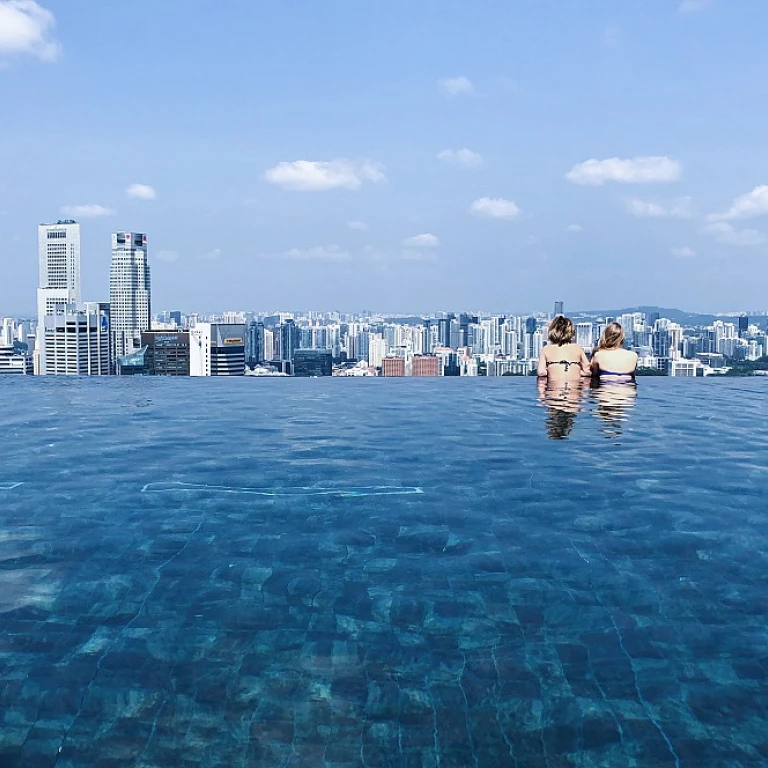
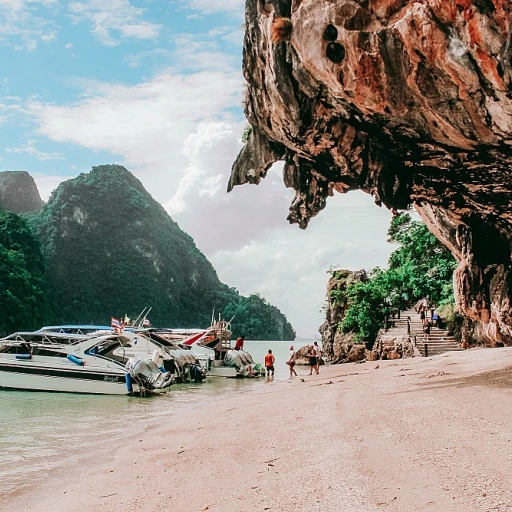
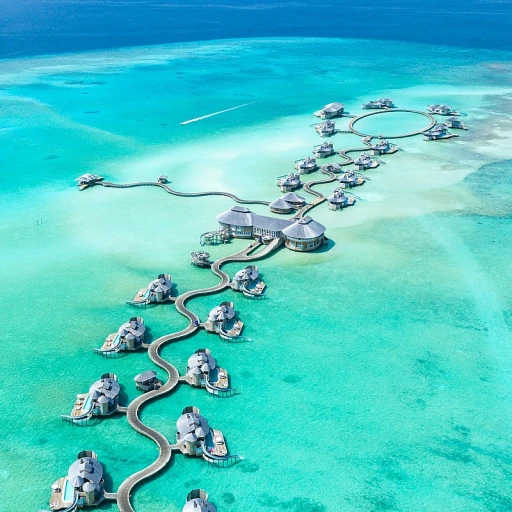
-large-teaser.webp)

-large-teaser.webp)
